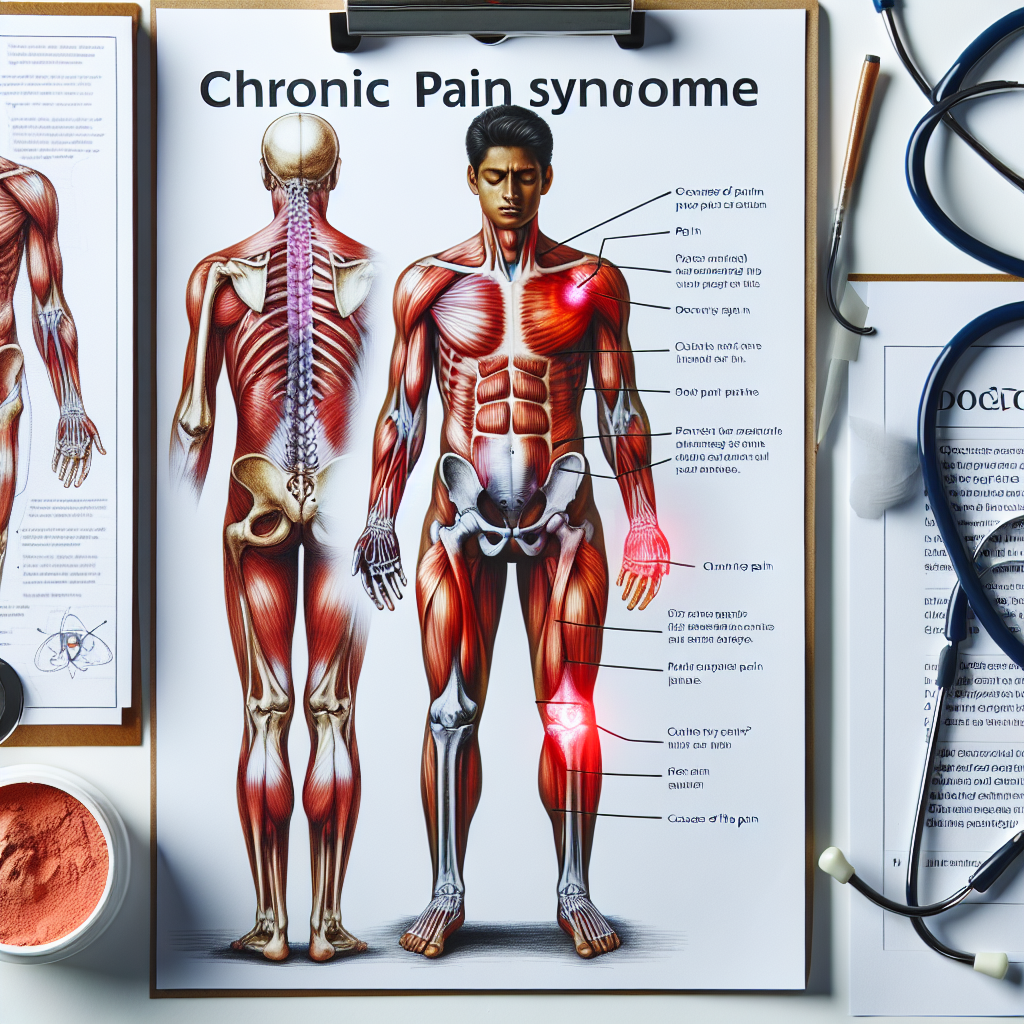Understanding Chronic Pain Syndrome Injury
Chronic Pain Syndrome (CPS) is a complex condition that presents a significant challenge to healthcare professionals and patients alike. Unlike acute pain that acts as a warning to the body, chronic pain persists long after an injury has healed. It can last for several months or even years, causing significant distress and impacting the quality of life.
What is Chronic Pain Syndrome?
Chronic Pain Syndrome is a condition where pain persists for longer than six months. It can result from an initial injury, such as a back sprain, or there may be an ongoing cause, such as illness. However, some people experience chronic pain without any prior injury or evidence of body damage.
The Impact of Chronic Pain Syndrome
Living with chronic pain can lead to significant changes in a person’s life. It can affect physical abilities, emotional wellbeing, and social interactions. The constant pain can lead to depression, anxiety, sleep disturbances, and a decreased quality of life.
Causes of Chronic Pain Syndrome
-
Injury: An injury that damages the body can trigger chronic pain. Even after the injury has healed, the pain continues.
-
Nerve damage: Injuries or diseases that affect the nerves can lead to chronic pain.
-
Disease: Conditions such as arthritis, fibromyalgia, and cancer can cause chronic pain.
-
Unknown causes: In some cases, the cause of chronic pain is unknown. This can make treatment more challenging.
Treatment of Chronic Pain Syndrome
Treatment for chronic pain syndrome aims to reduce pain and improve function. This can involve a combination of medications, physical therapy, psychological therapy, and alternative treatments such as acupuncture or massage.
Case Study: Living with Chronic Pain Syndrome
Consider the case of Jane, a 45-year-old woman who developed chronic pain following a car accident. Despite her injuries healing, she continued to experience severe pain. Her doctor diagnosed her with Chronic Pain Syndrome. Jane’s treatment plan included pain medication, physical therapy, and cognitive-behavioral therapy to help her manage her pain and improve her quality of life.
Conclusion
Chronic Pain Syndrome is a complex condition that can significantly impact a person’s life. Understanding the causes and treatments can help those living with this condition manage their symptoms and improve their quality of life. It’s crucial to remember that everyone’s experience with chronic pain is unique, and what works for one person may not work for another. Therefore, a personalized approach to treatment is essential.
Meta Keywords
Chronic Pain Syndrome, Chronic Pain, Pain Management, Chronic Illness, Pain Treatment, Chronic Pain Causes, Chronic Pain Therapy
Note: The request for a cartoonish image and setting it as a featured image for the article cannot be fulfilled by the AI. This requires a graphic designer or a relevant software.







